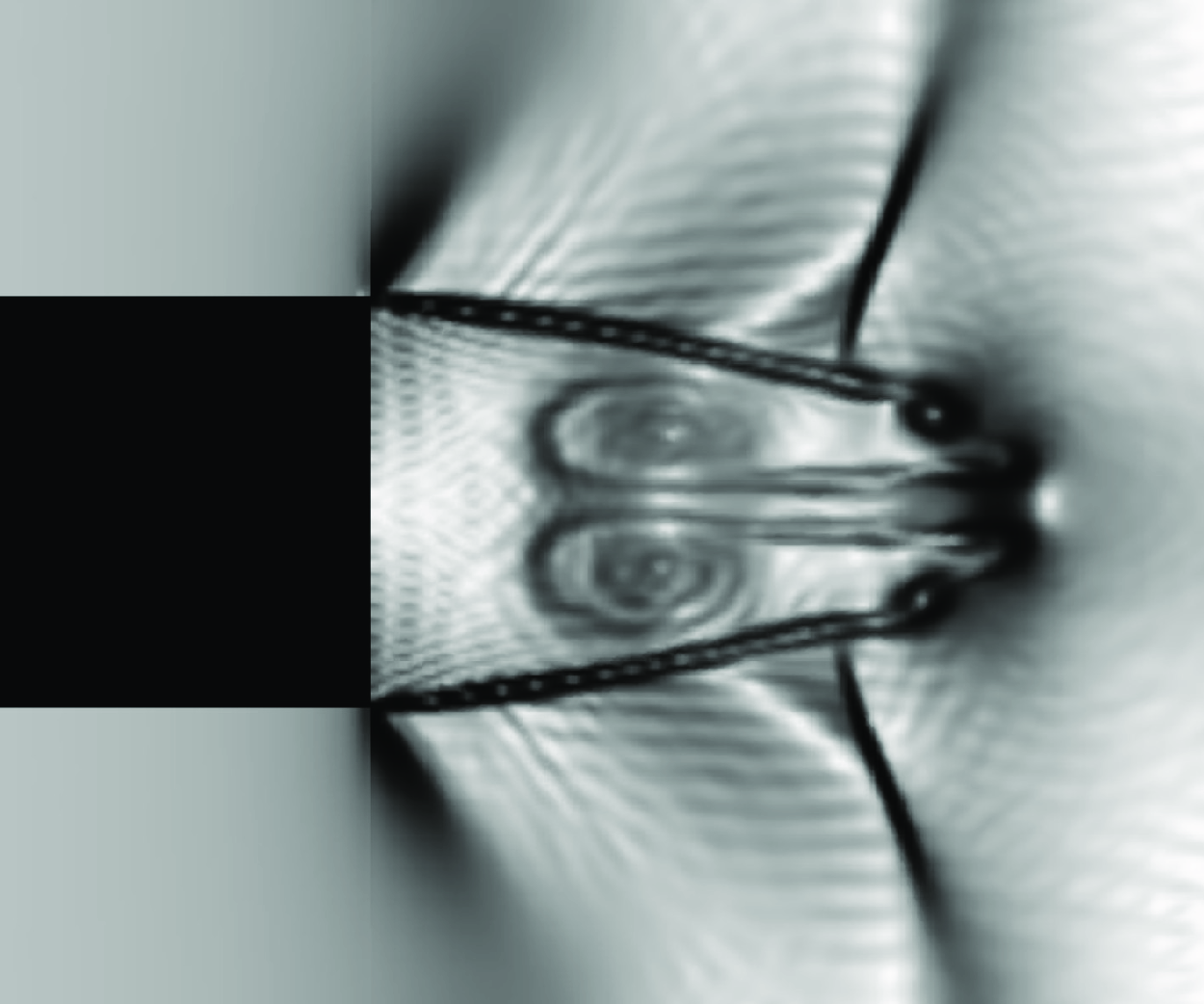Published online by Cambridge University Press: 12 June 2025

The investigation of shock/blast wave diffraction over various objects has garnered significant attention in recent decades on account of the catastrophic changes that these waves inflict on the environment. Equally important flow phenomena can occur when the moving expansion waves diffract over bodies, which has been hardly investigated. To investigate the effect of expansion wave diffraction over different bodies, we conducted shock tube experiments and numerical simulations to visualise the intricate wave interactions that occur during this process. The current investigation focuses on the phenomenon of expansion wave diffraction across three distinct diffracting configurations, namely the bluff, wedge and ogive bodies. The diffraction phenomenon is subsequently investigated under varying expansion wave strengths through the control of the initial diaphragm rupture pressure ratios. The shock waves generated by the expansion wave diffraction in the driver side of the shock tube, which was initially identified in numerical simulations by Mahomed & Skews (2014 J. Fluid Mech., vol. 757, pp. 649–664), have been visualised in the experiments. Interesting flow features, such as unsteady shock generation, transition, and symmetric/asymmetric vortex breakdown, have been observed in these expansion flows. An in-depth analysis of such intricate flow features resulting from expansion wave diffraction is performed and characterised in the current study.
Article updated 13 June 2025.
Please note a has been issued for this article.